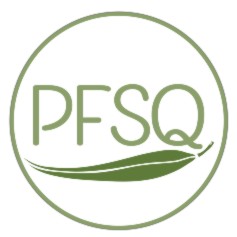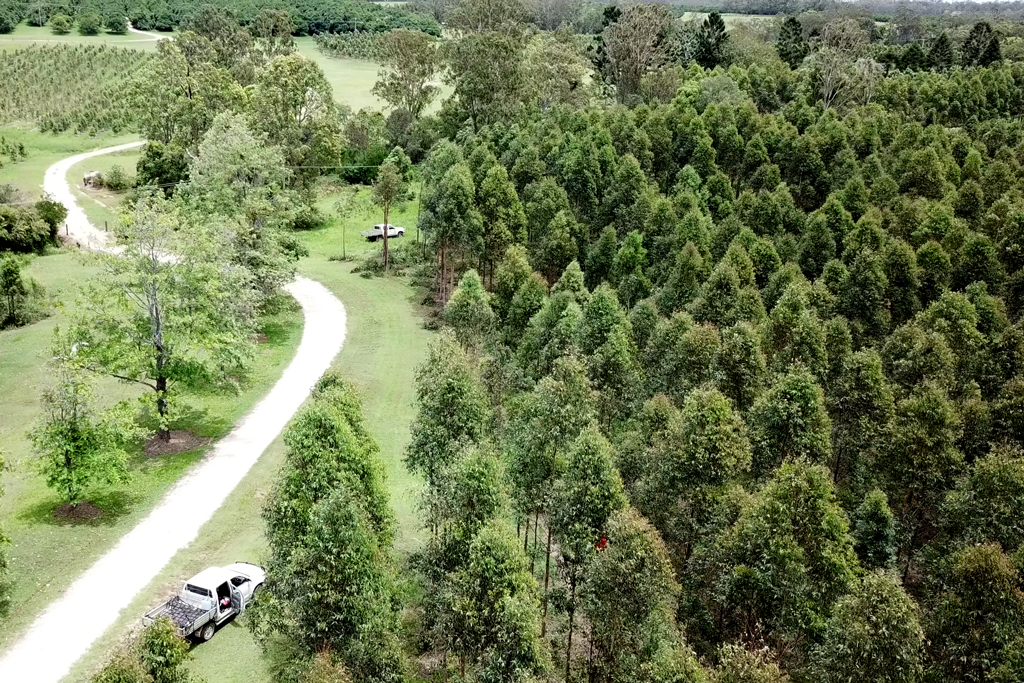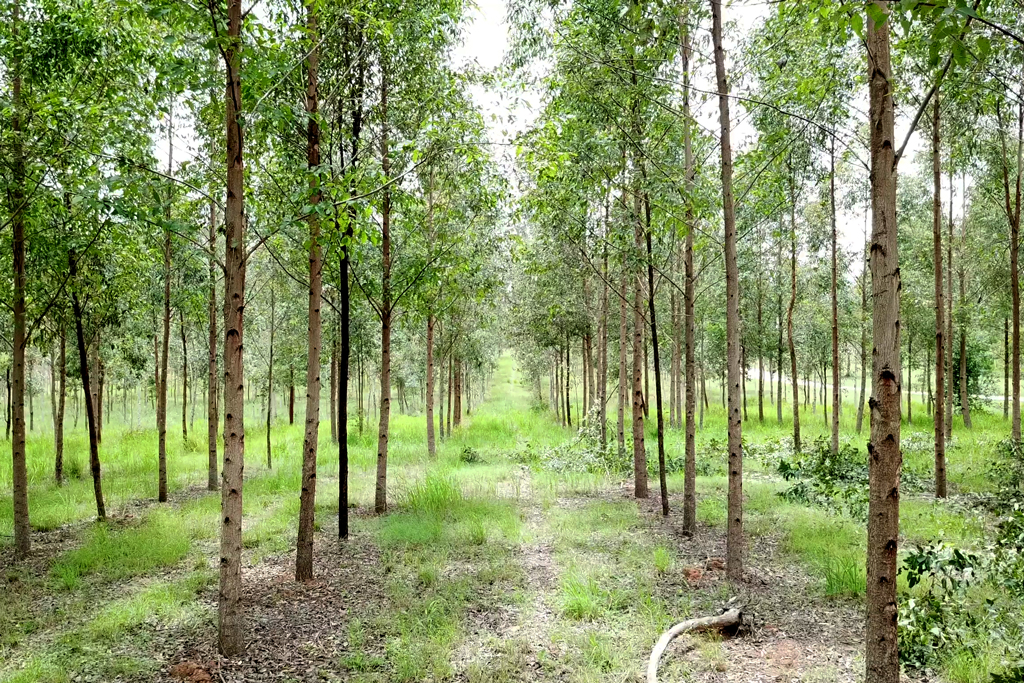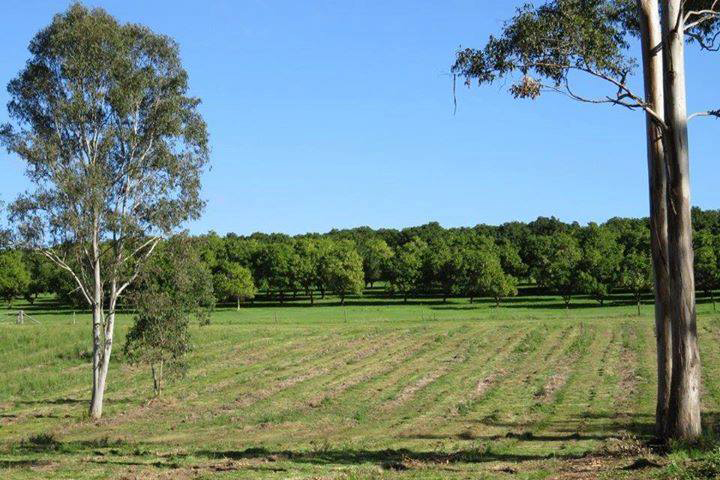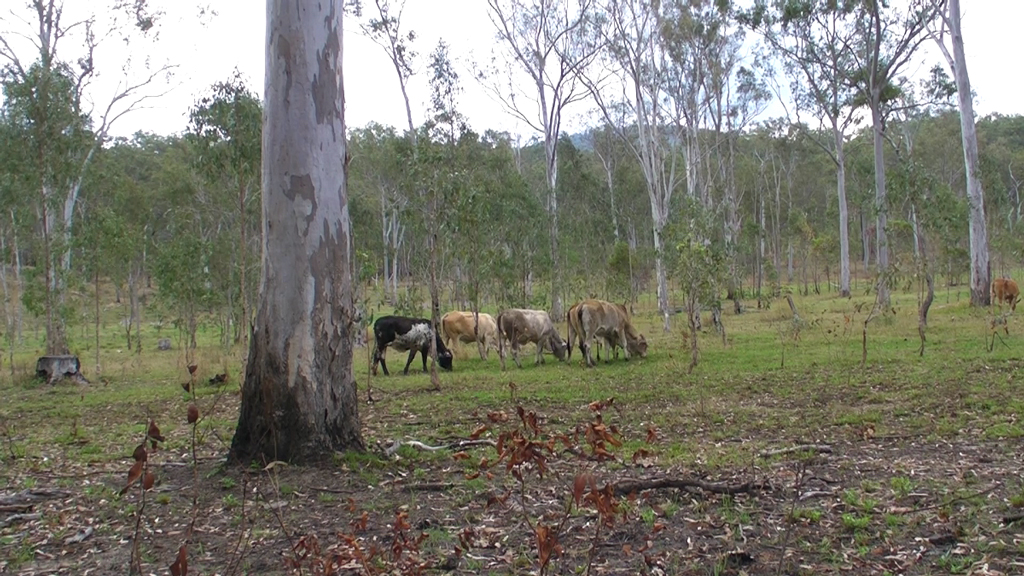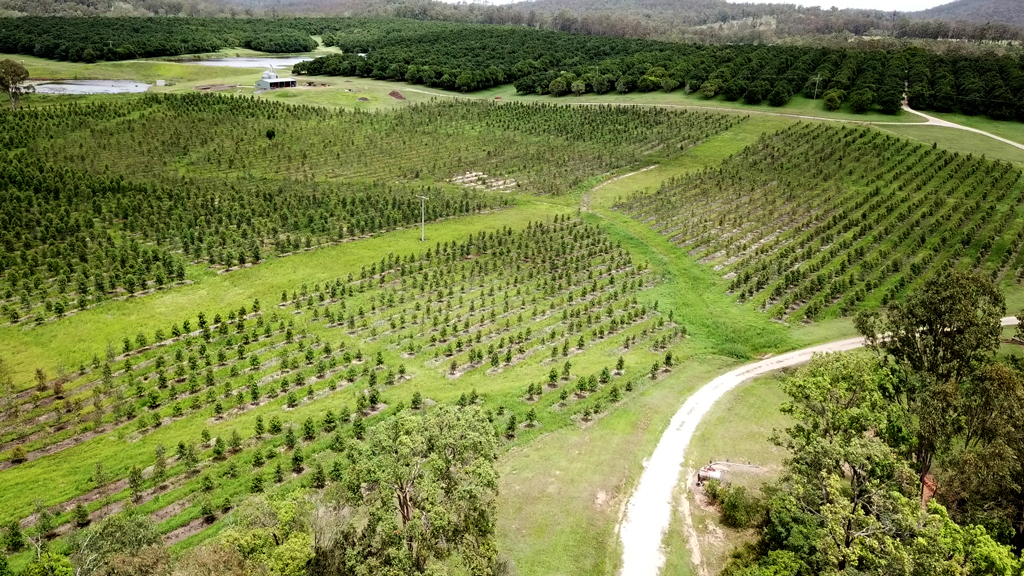
Forestry Guides
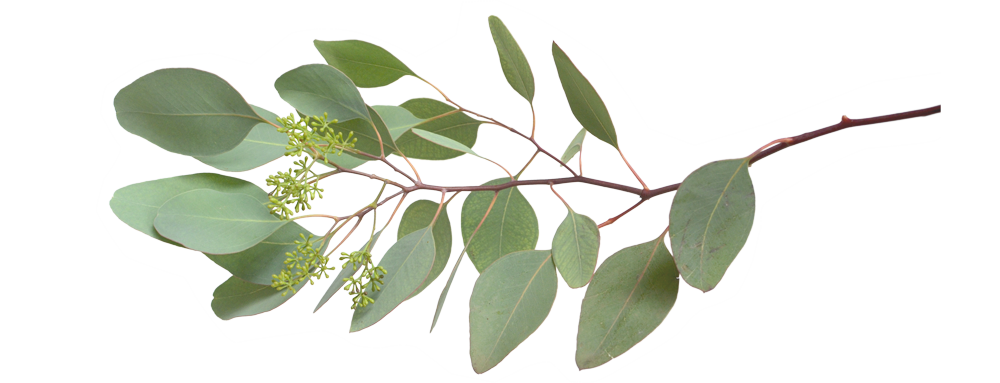
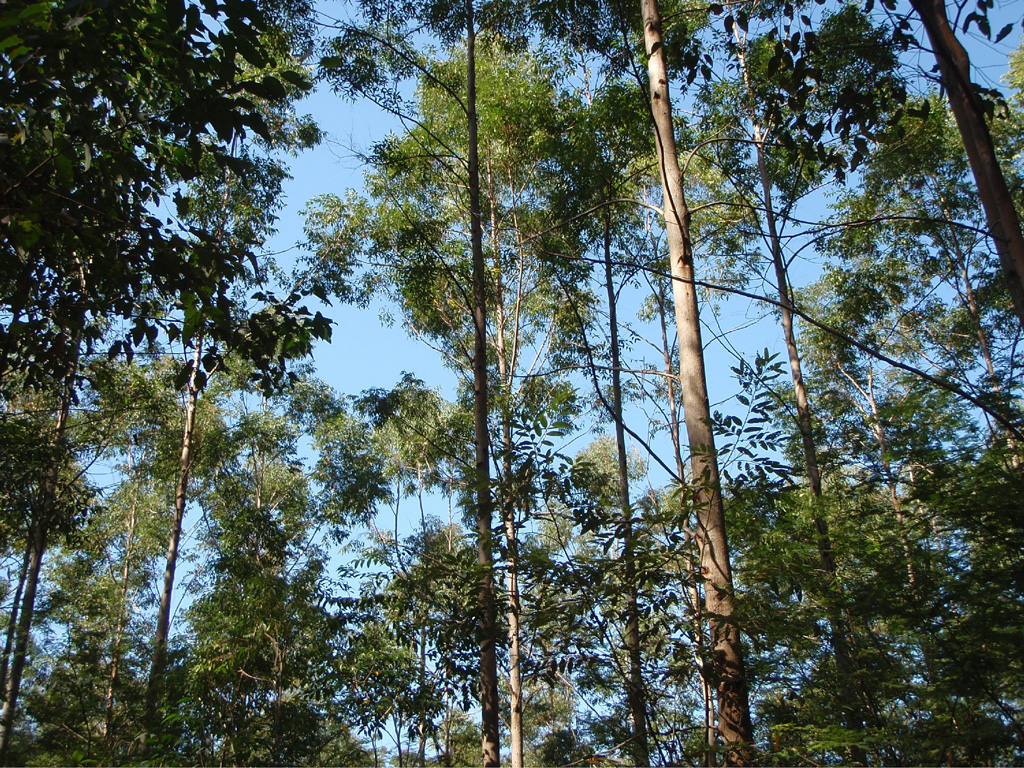
Native Forestry
What is a Native Forest?
A native forest is a forest consisting entirely of indigenous trees and plants.
What is Private Native Forestry?
Private native forestry (PNF) is the sustainable logging of commercially viable native vegetation on private property.
The harvesting of your timber for the purposes of PNF may be possible provided your activities comply with the requirements of the Vegetation Management Act 1999 to notify and conduct activities in accord with the self-assessable vegetation clearing code which you can access below.
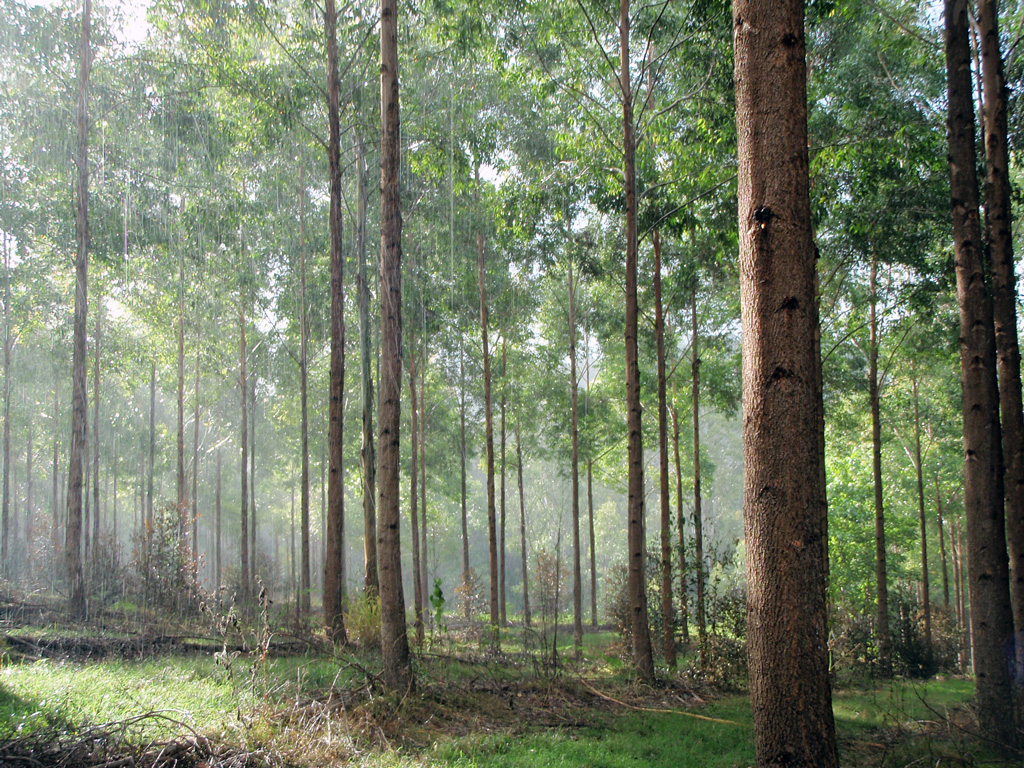
Plantation Forestry
Plantation forestry involves planting trees which may be managed for commercial timber production or environmental purposes. Plantation establishment and management operations on both Crown land (including state forests) and freehold land.
The majority of Queensland’s plantation estate comprises softwood plantations, with only small areas of hardwood plantations, which are requitred for specific purposes, such as power poles.
Plantation trees found in Queensland include hoop pine, Southern pine, Gympie messmate, spotted gum and African Mahogany.

Agroforestry
Agroforestry is a land use management system in which trees or shrubs are grown around or among crops or pastureland. This diversification of the farming system initiates an agroecological succession, like that in natural ecosystems, and so starts a chain of events that enhance the functionality and sustainability of the farming system.
This intentional combination of agriculture and forestry has multiple benefits, such as greatly enhanced yields from staple food crops, enhanced farmer livelihoods from income generation, increased biodiversity, improved soil structure and health, reduced erosion, and carbon sequestration.

Native Forestry
Native Forest Management Guides

Below are guides which may be able to help you efficiently manage your native forest.

Forest Types

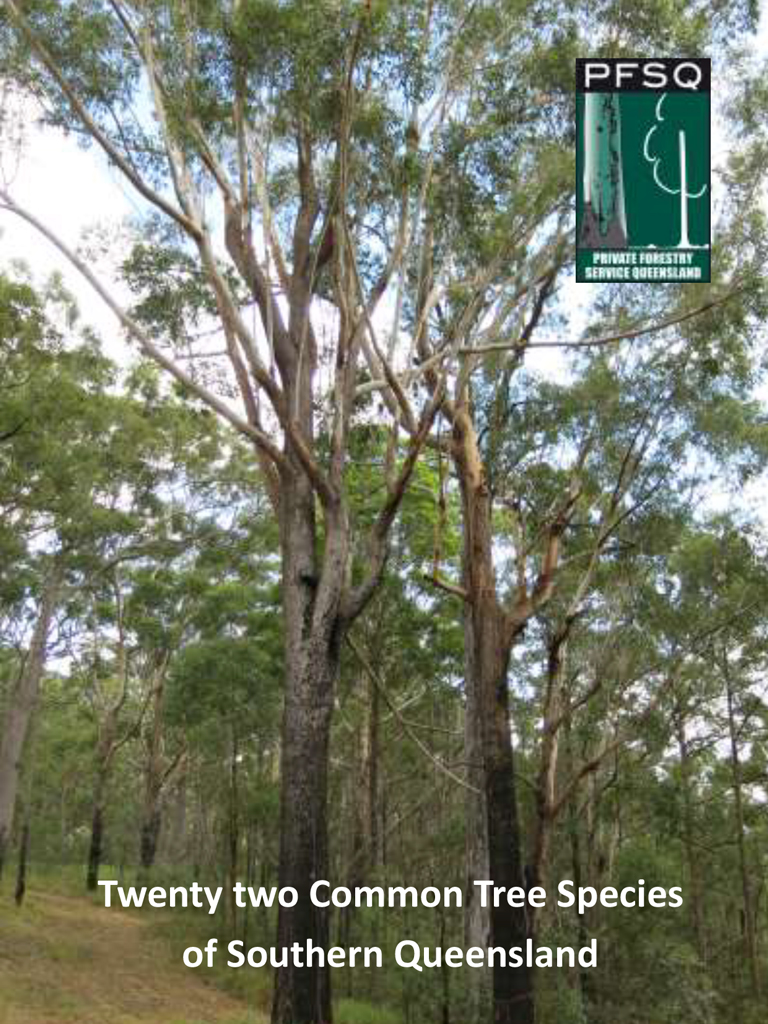
Species Identification Booklet

Commercial Forest Types in SEQ
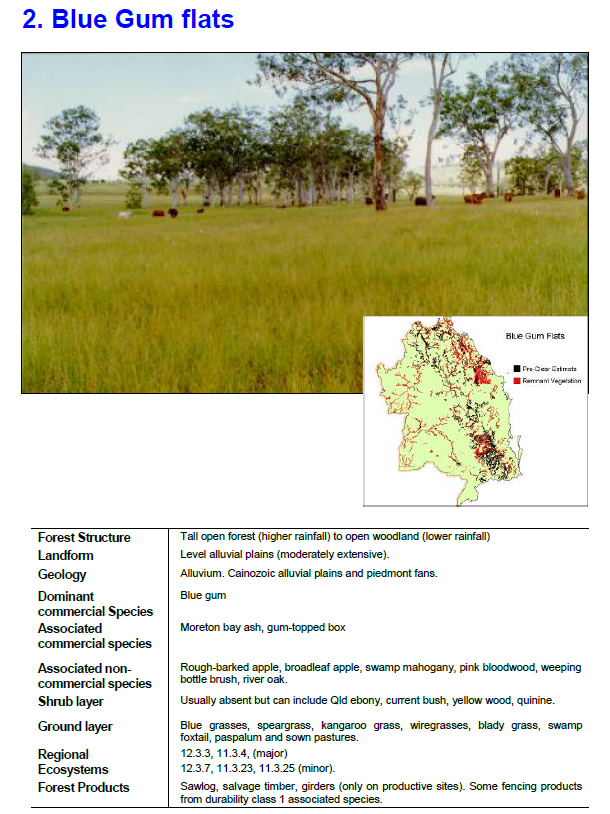
Forest Types of Southern Inland & Southeast Qld

Private Native Forest Industry Forum 2017

Private Forestry Service Queensland (PFSQ) hosted a Private Native Forest (PNF) Forum on the 9th November in Gympie. The Forum, attended by 80 people considered the extent and importance of the PNF resource in southern Queensland, the critical role that it will play in the future timber supply and the impediments currently impacting on the management of the resource. The outcome of the day was a set of urgent priority resolutions that were agreed upon, by the majority of participants and that, we hope will gain support and momentum from the broader industry.

Plantation Forestry

Plantation timber production is the cultivation and long-term management of trees on marginal agricultural land. Plantations are generally even aged, planted and managed in rows, consist of a single species (sometimes two or three) and cover a large enough area to provide a suitable return on investment. Many different timber and non-timber products can be grown in a plantation. The type of product that you decide to grow and the characteristics of your site will determine the species, management and rotation of your plantation. As such, it is important to research timber markets and to have an in-depth understanding of your property and climate before you establish your plantation.
Benefits of Plantation Forestry
Trees perform multiple functions in the natural landscape. They are a dynamic and resilient land cover. The benefits of forest cover are experienced across the entire catchment with improved water quality, landscape stability, forest connectivity, and the social benefits of increasing the productive potential of marginal rural lands. Similarly, your reafforestation can be designed to perform multiple functions on your property.
A farm forestry planting may place an emphasis on a single outcome such as timber production or wind protection or it may seek to balance a range of benefits in a multipurpose planting. Finding the right balance of productivity, environmental and aesthetic outcomes can easily be achieved with a simple process of property planning. The planning stage is a chance for you to turn all of your goals and lifestyle objectives into a practical operational plan. It means assessing your resources (natural, human and fiscal), identifying your limitations and your potentials and then planning your land management so as to turn competing values and constraints into complementary processes and outcomes.
Benefits include:
- The stabilisation of soil erosion processes
- Shade and shelter for livestock
- Windbreaks
- Timber production
- Increased capital value of lands
- Soil protection and production
- Aesthetic improvements – the appearance of trees in the landscape, landscaping, screening
- Water table and salinity reduction
- A long-term, low management-input land use
- Conservation outcomes such as native biodiversity and wildlife corridors
- Long-term economic and environmental security
- Farm Forestry Property Development and Operational Plan
Single-tree Site Preparation
The advantages of excavator-based single-tree site preparation processes are:
- No continuous sub soil and soil disturbance, eliminating erosion risk.
- Minimizes exposure of erodible sub soils and retains natural soil profiles whilst achieving appropriate cultivation requirements.
- Manoeuvrability around surface rock, existing vegetation, regeneration and active erosion zones.
- Minimal surface disturbance on cross-land traverses.
- Utilization across all revegetation styles including site preparations under and around retained vegetation.
- Excavator can be utilized for the sensitive construction of fire management infrastructure, access infrastructure, erosion mitigation and pre-site prep weed management in a one pass operation.
- The single-site sub surface winged ripper technique produces site preparation best suited to dry, low nutrient, poorly structured, highly erodible soil profiles, giving young plants the best chance of survival and development under difficult conditions.

Agroforestry

Agroforestry is an integrated form of plantation timber production. Forestry on farms is most often only a secondary production enterprise alongside grazing, horticulture or some form of off-farm income. This is where agroforestry distinguishes itself from broad-scale plantation timber production. Forestry on farms needs to be relatively low-maintenance, provide a productive land-use for marginal country, have the potential to supplement farm income, benefit the overall environmental stability of the property and fit in with the primary production enterprise or with the lifestyle objectives of the farm. Simply, agroforestry is a design process, whereby your plantation forest is integrated with the surrounding social and physical landscape so as to solve all of your land management constraints with one system.
Important Links
For more information CLICK HERE

Private Forestry Service Queensland
8 Fraser Rd, Gympie QLD 4570
Phone: (07) 5483 6535
Email: admin@pfsq.org.au
Open weekdays: 9am - 5pm
Follow Us on Facebook
